|
Musical Futures (MF) continually has its pulse on what todayʼs youth are interested in and responds by creating new workshops and resources for music teachers to use in the classroom. Itʼs one of the reasons why MF developed a DJ Skills training and the Musical Futures Tech Champions program in 2019. This blog is dedicated to the Musical Futures Tech Champions, but can you read about my experience taking the DJ Skills course at this link. In January 2019 Musical Futures formed a partnership with Ableton to offer 10 Tech Champion teachers from the UK and Ireland to take part in two-year project to help develop and test in the classroom innovative approaches using music technology. The project was developed in response to the changing musical landscape: "most music today is created using technology in some way, whether it’s samples, loops and synthesized instruments or using technology to support live performance. In order to make sure that music in schools remains relevant for young people, we need to reflect these interests in the classroom." Through a competitive application process these 10 Music Tech Champion teachers were selected. Their school will receive:
I was honored to join this talented group of teachers at their first Musical Futures Ableton Live training at Fred Longworth High School. After introductions, we dove into the resources and began playing with the Ableton Live software and Push 2 equipment to create a remix of one of these three tracks: Dua Lipaʼs New Rules, Ed Sheeranʼs Shape of You, or Stormzyʼs Blinded by Your Grace. Here is an overview of Abelton Live and Push 2.
I was happy to learn that two of the Music Tech Champions are from Scotland: Andy McLean at Larbert High School in Fife and Jenny Black at Boclair Academy in Glasgow (photo below). Since I am based in Glasgow for my Fulbright, Iʼm excited to visit Jenny and her music program. She uses Musical Futures resources that were developed to honor traditional Scottish music. Also during the Ableton training, I had an opportunity to interview many of the Tech Champions to hear their perspective on Musical Futures and how it has impacted their teaching and their studentsʼ learning. The video below details some of their thoughts:
1 Comment
The Musical Futures Find Your Voice resources aims to motivate students to sing by recreating as a whole class or small groups backing tracks to popular songs. Students learn how to vocalise basslines, chords and melodies to build a vocal performance, using the common 4-chord structure: I, V, vi, IV (i.e. D, A, bmin, F). This chord structure is so common that 100s of songs have used it (see the Axis of Awesome video below). As a music teacher, I am so grateful to Musical Futuresʼ generous spirit and philosophy behind their work, which brings real-world music learning processes into schools to engage and inspire all students, while promoting inclusion and diversity. If you havenʼt subscribed to the Musical Futures website to access a whole host of free resources, including instructional videos, lessons plans and backing tracks then do it now! Here is an introductory video of Find Your Voice. Musical Futures also houses a 4-chord song bank that lists songs using the I,V, vi, IV chord progression. Iʼve also included two videos on how to play the chords on the guitar and keyboard (remember you can click on Youtube "settings" to slow down or speed up the video.
Musical Futures provides a process for students to learn how to layer in vocalized basslines, chords and melodies to work toward a vocal performance. The Musical Futures website hosts a series of video clips to guide teachers through the process. The choruses of the following three songs start on the first note of the bassline and are a good start point for students to pitch: Price Tag (Jessie J), Someone Like You (Adele) and Living on a Prayer (Bon Jovi). As part of the variety of resources housed on the website, Musical Futures features a "Learn to Beatbox with Shlomo" video guide to help teachers and students produce and play with basic beatbox sounds and rhythms. Here is one of the four video guides, which focuses on the basic sounds. Musical Futures also houses many instructional videos on its MF Youtube Channel. I love the It's Your Voice Warm-ups video, which gives teachers lots of vocalizing and physical exerices to warm-up the body. About 5 minutes into this video, the Musical Futures instructor shares the Pasticine Person warm-up, which is a favorite among her students. Here is the first of five video clips that move from creating a 4-chord vocal mash-up and beatboxing to small group refinement and use of voice recorders. Once students feel comfortable with the four chords, they are encouraged to play with the chord sequence and create their own songs. Castleford Academy, a Musical Futures Champion School, shared their Find our Voice scheme of work, which can be downloaded for free on the Musical Futures website. And finally, these elementary students from Norbridge Academy, an elementary MF Champion School, show how a progression through the Find Your Voice and Just Play Musical Futures resources build student confidence, skills and creativity. This girl band wrote lyrics and music about a topic meaningful to them (see below). I'm excited to go through this process with my older elementary students when I return to Glacier Valley Elementary School next fall. Shooting Stars by #Dis Be de Girl Band We donʼt need makeup to cover our scars We donʼt need to bottle up our feelings in jars We donʼt need to hide behind bars We are shooting stars (2x) Donʼt let anyone get in your way Donʼt listen to what they say ʼCause youʼre perfect any way ʼCause youʼre beautiful just as you are We shine brighter together as one Are friendship will always be strong We will always get along We are shooting stars (2x) After attending the Musical Futures DJ Skills workshop at Fred Longworth High School, I stayed an extra day to observe the music classes at this Musical Futures Champions School. As soon as I walked into the music wing of the school, it was clear that musick-making is part of the school's ethos and students' identities. Photos of Fred Longworth students accompanied by inspiring quotes like these are hung throughout the school: Three of the young gentlemen (posing in the photo below) enthusiastically shared many of the music classes that Fred Longworth offers: Find Your Voice, Just Play, Band Skills, Production, Songwriting, Film Music, Live Lounge, Music Performance, GCSE Music and DJ Skills. These boys are also part of a band that practices during lunch. There is a purposeful buzz in the music rooms and practice rooms before, during and after school. Students want to be here and enjoy working on their projects whether it be songwriting, recreating a song of their choice, practicing an instrument or working on a digital audio workstation. A lot goes on in the different music rooms and practices rooms! Clearly the staff here are a tour de force with Martin Ainscough, the Director of Creative Learning and Director of Musical Futures leading the arts faculty along with Helen Robinson, Head of Music, and Lucy Dalton. Their integration of new music technologies (and old) help students work independently, collaboratively and confidently both in the classroom and from home. A FREE social music platform that Fred Longwroth uses is BandLab, which enables students to make music and share the creative process with others. All of Martin's music modules have an online component, including success criteria, Youtube videos, and instructional videos that he has created. Martin also has helped create two new Musical Futures workshops: DJ Skills and Abelton Live. To help students gain confidence, the music team at Fred Longworth encourages students to explore their voices through motivating and collaborative projects. For example, students work in small groups to build soundscapes using their voices, found sounds and digital sounds to create a setting or environment that the other students try to identify. They also create soundtracks to short video clips and explore how film soundtracks can change the mood of a piece. Fugu is used throughout UK music production classes. The audio is deleted and students are asked to create their own soundtrack to accompany it.
The class is then tasked to recreate the backing tracks to popular songs using the Musical Futures Find Your Voice resources, which is packed with so many wonderful videos and engaging practices that I had to dedicate a separate blog to it. Students at Fred Longworth High School, a Musical Futures Champion School, use Loopy, Acappella and Garageband to create their own vocal back-ups, using only their voices. Martin shared some video clips that show these apps in action and engage kids.
Finally students progress to working in rock bands comprising of drums, keys, bass guitar, guitar and vocals. This leads to a performance on stage in front of the class in a ‘Battle of the Bands’ context. Here is a group rehearsing in one of the practice rooms. As a thank you to the young gentlemen who welcomed me in the morning and invited me to sit-in on their lunch band practice, I gave each an Alaskan flag pin and shared the story behind the flag's design and its creator, Benny Benson. The band responded with a video postcard to my students and home state of Alaska. I hope this will be the start of an ongoing video dialogue with the students at Fred Longworth and Glacier Valley Elementary School. Here's that they had to say: In fact, Fred Longworth and its students are so passionate about the arts as part of their school curriculum that they created this film called Where Did All the Art Go? to advocate for the arts as school funding, English Baccalaureate and Progress 8 performance requirements squeeze out school music and arts programs. Here is the link to the long version of Where Did All the Art Go? Thank you to the entire Fred Longworth High School community for welcoming me so warmly into their school, sharing their music programs and student voices so openly and teaching me how to make a proper cup of tea! My cup runneth over with so many inspiring ideas to take back with me. It's exciting to think of Glacier Valley becoming a Musical Futures Champion School someday.
As part of the Fulbright Distinguished Award in Teaching program, a faculty advisor from my host university, the University of Strathclyde, was selected to serve as my main point of contact, provide feedback and guidance throughout my Fulbright tenure, and connect me with people and resources who can help me with my Inquiry Project. Paul Wickham, Music Teaching Fellow at Strathclyde, has been that mentor and good friend to me! Paul was a secondary music teacher on secondment, which means he had been released from his secondary school teaching duties for two years to teach music courses for Strathclydeʼs music education teacher program. This arrangement allows school teachers to bring practical experience and application to college courses, while giving time for them to engage in scholarly work before returning to their school assignment. Through this arrangement, both institutions and their students can benefit. Paul has been such an asset to the University of Strathclyde and beloved by his university students that he was offered a full-time position at the University, which began shortly before this April. I have had the honor of participating in his Professional Graduate Degree in Education (PGDE) courses in music and have witnessed the support he provides his students, the rapport he has established with them, the varied, well-organized and practical music approaches he provides and his incredible sense of humor! In particular, I would like to share his presentation on Creativity as part of the national curriculum for Scottish schools, the Curriculum for Excellence. The resources that he provided as part of his presentation opened a wealth of documents and tools that I can use in my classroom back in Juneau, Alaska. I know I have just touched the surface on all that the Scottish government has produced to support Creativity in all aspects of a childʼs education, but will highlight some here. The Education of Scotland has defined " Creativity is a process which generates ideas that have value to the individual. It involves looking at familiar things with a fresh eye, examining problems with an open mind, making connections, learning from mistakes and using imagination to explore new possibilities" (p. 3). In particular, educators are tasked to develop these creativity skills throughout all areas of the curriculum:
Education Scotland draws a clear distinction between creativity skills, creative process, creative learning and creative teaching, which is an indicator of how highly creativity is valued by the Scottish government. These definitions, along with a wealth of other information related to creativity in the Scottish education system, can be found in the document below: Creativity Across Learning 3- 18. Just click on the image to access the document. According to Ruth Wishart, Chair of the Creative Learning Plan Strategic Group, "The ambitious aim is to allow our young people to be the best they can be in a new curricular environment where innovation is cherished, change is embraced and we celebrate the fact that every child is a creative child" ~ (Creative Scotland p. 7). Creative Learners will be:
Education Scotland has published many other tools and resources to help all individuals support the development of creativity in schools and society. For example, they have created an "Everything is Creative" infographic maker as an online digital tool for creating high quality creativity and improvement infographics, memes and posters, as well as published infographics to explain why creativity is integral to Curriculum for Excellence and improves outcomes for all learners. Here are two examples: Education Scotland created a Creativity Portal, which houses creative online teaching tools, CPD resources, inspiration and examples of best teaching practices. Education Scotland also produced The Creativity Toybox, which contains 27 short videos and related activities that can be used to develop creative thinking skills in the classroom or community setting. Here is the introductory video: Even though there are no CfE Benchmarks for creativity skills, Education Scotland references the City of Edinburgh’s 3-18 Creativity Skills Progression Framework to help inform educatorsʼ understanding and context of creativity skills as students progress through the grades. You can download this 2-page document at the bottom of the page found on this link where Education Scotland provides a host of resources to support educators in their planning for and evaluating creativity. Hereʼs the first page to give you an understanding of the commitment city councils have made to developing creativity and recognizing it as an important skill to address the challenges of globalization where Scotlandʼs economy must be based on creativity and constant innovation to be able to compete internationally. The last resource, Education Creativity and Learning: what is the connection?, is a research document and thought piece by Paul Collard, Chief Executive of Creativity, Culture. Collard highlights distinctions between characteristic features of the "high functioning classroom" vs. the "low functioning classroom" and explains how schools involved in the Creative Partnerships program in England "showed that a student educated in a context in which they are an essential learning resource, and where mobility, emotion, team working and risk are central to the learning experience, is a student who is ‘high functioning’" (p. 4). Collard also stated that being a high-functioning child leads to resilience, confidence, sense of competency, autonomy and relatedness - all which underpin successful learning. I plan to keep this diagram by my school desk back in Juneau to ensure that I embed these characteristics in my lesson planning. And finally, I would like to thank the PGDE Music Education cohort of 2019 and Paul Wickham for welcoming me into their community this year. I learned so much by taking classes alongside you and visiting you as part of your student teaching practicum. I wish you all the best of luck in your new music teaching positions next year. Your future students are fortunate to have you!
In February 2019, the Royal Conservatoire of Scotland and the University of Strathclyde released a study, Whatʼs Going On Now? which details the state of music education and youth music-making in Scotland. The study incorporated both quantitative and qualitative methods, including case studies within the geographic areas of the Shetland Islands, North-East Glasgow, and Perth and Kinross. The good news is that over 240,000 young people are involved in a year-long first experience of music through music the Youth Music Initiative, which was launched in response to the 2003 predecessor of this report, What’s Going On? At least 202,000 were involved in school-based programs ad 42,000 in out-of-school activity. The disparaging news is that the gap between the have and have-nots is widening. According to the report, "Despite a free state education system, 70% of students learning an instrument at school in Scotland contribute towards the costs of their lessons, adding to inequality of opportunity rather than helping solve the problems of inequity faced by successive governments" (p. 5). In response to this disheartening news, two members of the research team, Alastair Wilson of University of Strathclyde, and Lio Moscardini of the Royal Conservatoire of Scotland, decided to conduct a mini-case study to provide the government models of successful school music programs that address both equity and sustainability challenges. One such program called Baby Strings resides in North-East Glasgow at four primary schools: Eastbank, Quarrie Brae, Thorntree and Wellshot Primary Schools. As part of this case study, Drs. Moscardini and Wilson invited me to join their team and conduct some of the interviews at these school sites. I enthusiastically accepted! The Baby Strings program came about through the collaborative efforts of four head teachers who were tasked by Glasgow's Improvement Challenge to find innovative ways of raising attainment and achievement across the curriculum. Inspired by the social and academic impact of music programs like Big Noise and Feversham Primary School, respectively, and coupled with research linking music to cognitive development, the head teachers launched Baby Strings in January 2016. The programs is funded through several sources including governmental funds given to schools with a high percentage of students receiving free school meals, as well as the Pupil Equity Fund (PEF). In partnership with Glasgow CREATE, the head teachers worked together to coordinate the schedules of the same visiting musicians to provide 45 to 60 minutes/week of string instruction in violin, viola and cello to every Primary 2 and 3 class. The Primary 1 classes receive 15 minutes/week of music literacy in preparation for the selection of a stringed instrument in Primary 2. Class size varies between 25 to 30 students. The classroom teacher plays a vital role in the string lessons by providing classroom management, pointing to the notation and leading another string session during the week to reinforce what was learned, which depending on the teacherʼs level of music confidence could include reviewing notes, rhythms and strings; singing songs and note names; and practicing taking the instrument in and out of the case. In doing so, both visiting musician and primary teacher receive embedded professional development, which helps with the sustainability of the program. Each string class also has two visiting musicians who often alternate between lead teaching roles. Musicians Emma Pantel and Sophie Butler taught alongside primary teachers at Thorntree Primary School where written forms of notation and rhythm reading were a regular part of their class. They played recorded backtracks, which kept children engaged and gave teachers the freedom to move throughout the room and focus on individual technique. Here is a video I created from some of my observations and interviews at Thorntree. Testimony like Alison Beattie was echoed by others whom I interviewed - whether head teacher, musician or primary teacher - the support for and commitment to Baby Strings are strong because of the impact they observe in student, parental and community engagement, self-confidence and raised aspirations, social-emotional learning and academic behaviors. Emma Pantel was kind enough to share with me the method books they use at all four primary schools: Vamoosh! The repertoire, audio backtracks and graduated technique skills make these books highly engaging for kids. And the backtracks can be found on Spotify so that students can play along with them at home. Iʼm excited to integrate these books in our Juneau Alaska Music Matters (JAMM) program back in Juneau, Alaska. Thank you, Lio Moscardini and Alastair Wilson, for providing me this research opportunity! You helped connect me to model music education programs and school communities, as well as contribute to meaningful research. Your passion for addressing issues of equality, inclusion, literacy and music education are inspiring. I truly appreciate your mentorship and friendship.
The Fulbright experience is all about expanding your horizons and trying out new ideas. I never thought Iʼd be taking a DJ Skills course, but every Musical Futures workshop I have taken so far has stretched me, given me practical ideas and resources to implement in my classroom, and provides relevant tools and repertoire that motivate and engage youth, while meeting music standards. This Musical Futures DJ Skills workshop was no exception. The description of the DJ Skills workshop on the Musical Futuresʼ website states, "Our Musical Futures: DJ Skills workshop is designed for teachers who are interested in developing their schemes of work to include DJ Skills at KS3 and KS4, but who have limited experience in this area and want to develop their confidence and knowledge of how to support their students and plan effective schemes of learning using this technology." Tom Burford, a music technology teacher, musician, DJ and producer, co-led the course with Martin Ainscough, who is Director of Creative Learning at Fred Longworth High School, a Musical Futures (MF) Champion School. Together these two teachers created a hands-on course that was accessible for novices like me. The motto of Musical Futures is "For Teachers, By Teachers," and Iʼve seen it modeled in every course. Tomʼs and Martinʼs classroom experiences shown throughout the delivery of this course. Yes, believe it or not, I now know how to use a mixer, deck, jog wheel, filters, cue buttons, sync, manual and auto loops, sampler, and effects. I also learned the basics of purchasing equipment, mixing tracks with and without sync, sampling and looping. And as shameful as it may be, Martin and Tom enlightened me on the different genres of music that youth are listening to including disco, house, techno, UK garage, jungle, drum nʼ bass, dubstep, and grime. Some I know, but sadly many I wasnʼt able to identify until now. Finally, Tom walked us through the process of aligning DJ skills with the national music performance standards. I had the good fortune of taking the same train back to Wigan North with Tom who explained how DJing is an incredible creative process and skill. Here are his main points:
At the end of this 1-day training, I came away fairly confident that I could lead children through the creative and technical skills of DJing. Interestingly the values that I experienced as an adult learning in every Music Futureʼs training is mirrored in the organizationʼs core values, which state that music learning should be:
Many thanks to Musical Futuresʼ Managing Director, Fran Hannan; Musical Futuresʼ Director, Martin Ainscough and all of the MF Teachers who embody so well the Musical Futuresʼ motto, "For Teachers, By Teacher. You have all provided me such rich, inspiring classroom-applicable training. I canʼt wait to share what Iʼve learned with the Juneau community! After attending a Drake Music Scotland teacher training on Figurenotes, I was hooked! The work that Drake Music is doing in the field of creativity, inclusion and assistive music technology is pioneering. When I learned that Drake Music Scotland had launched the worldʼs first disabled youth orchestra in April 2016, I needed to check it out. Members of the Digital Orchestra create their own music using inclusive music technologies. The day I visited the orchestra, the musicians were exploring new Ableton Push 2 technology, so it wasnʼt a typical rehearsal day. What I did experience was my first entry into the tremendous world of inclusive music technology. Peter Sparkes, Artistic Director at Drake, is a joy to watch as he introduces new digital equipment and then encourages the musicians to try all of them out, including conducting. Before I share some of the tools they used, hereʼs a short documentary detailing Drakeʼs launching of the Digital Orchestra: I came away from the session excited about learning more about assistive music technology and its creative and inclusive use in the classroom. Here are just a few of these digital tools:
And if youʼd like an extensive list of assistive technology, Drake Music shared this powerpoint in video format listing over 30 iPad apps, as well as a Short Guide to Accessible Music Education. Both Drake Music Scotland and Drake Music house a host of resources on their websites to advocate and support teachers in the areas of inclusive music technologies and pedagogies and have Youtube channels featuring their work. Thank you, Drake Music and Drake Music Scotland, for sharing your work so generously and creating innovative technologies to ensure that all people have access to creative music making. In my search for best practices in the areas of creativity and inclusion, I was fortunate enough to connect with Paragon Music, an organization whose mission is to use "music and the arts to raise peopleʼs aspirations, promoting positive self-image, teamwork, communication and learning." Little did I know that when I sat down with the dynamic team of this inspiring organization that they would spark a paradigm shift in my thinking about inclusive education. Instead of starting with a prescribed curriculum or repertoire in which young people who receive additional support needs must find ways to "fit in" by adjusting instrumentation or physical/cognitive complexity, Paragon Music always centers on the student by drawing out the interests, ideas and assets of each ensemble member to create original compositions. Here is a video that beautifully conveys the spirit, philosophy and teaching approaches of Paragon Music. Creative contribution from all participants forms the foundation of Paragonʼs inclusive pedagogy, which is very different from inclusive practice. According to McIntyre (2009), inclusive pedagogy is "a collaborative approach to teaching based on the idea that all children can learn together, and that participation in learning requires responses to individual differences among learners that do not depend on ability labeling or group, or the withdrawal of the learner for additional classroom support" (p. 603). Dr. Lio Moscardini who serves on the board of Paragon, is a lecturer at the Royal Conservatoire of Scotland in Learning and Teaching in the Performing Arts and is internationally recognized for his work in inclusive education, kindly shared with me the important distinction between inclusive practice and inclusive pedagogy in the music classroom: While in Glasgow, I was able to volunteer for Paragonʼs Tune, which meets on Saturday afternoons and provides young people (6-16) with additional support needs opportunities to learn an instrument and create and perform music as an ensemble. It was here that I witnessed inclusive pedagogy in action. Every session begins with a community circle and creative warm-up followed by the ritualistic ending of "We Will Rock You." If a child is reluctant to join the circle, staff find ways to include them in purposeful and meaningful ways. For example, one young boy who preferred to walk the periphery of of the room, gladly accepted the job of signaling the start and end of the community circle by playing the triangle. No matter where he was in the room, this boy was keenly aware of the groupʼs activities and didnʼt miss his cue from the music instructor to ring the triangle. Students then moved into their first 45-minute session of either individual or group work. I was interested to learn more about the creative composition process for ensembles, so I focused most of my observations on these sessions. What I saw was creativity in all of its forms: teaching practice, process and performance. It is no wonder that Paragon won the 2015 Royal Bank of Scotland Community Project of the Year: Finding Scotland’s Real Heroes, which recognizes projects across Scotland that make a huge difference to the communities they serve. This video gives a snapshot of Paragonʼs Tune program: 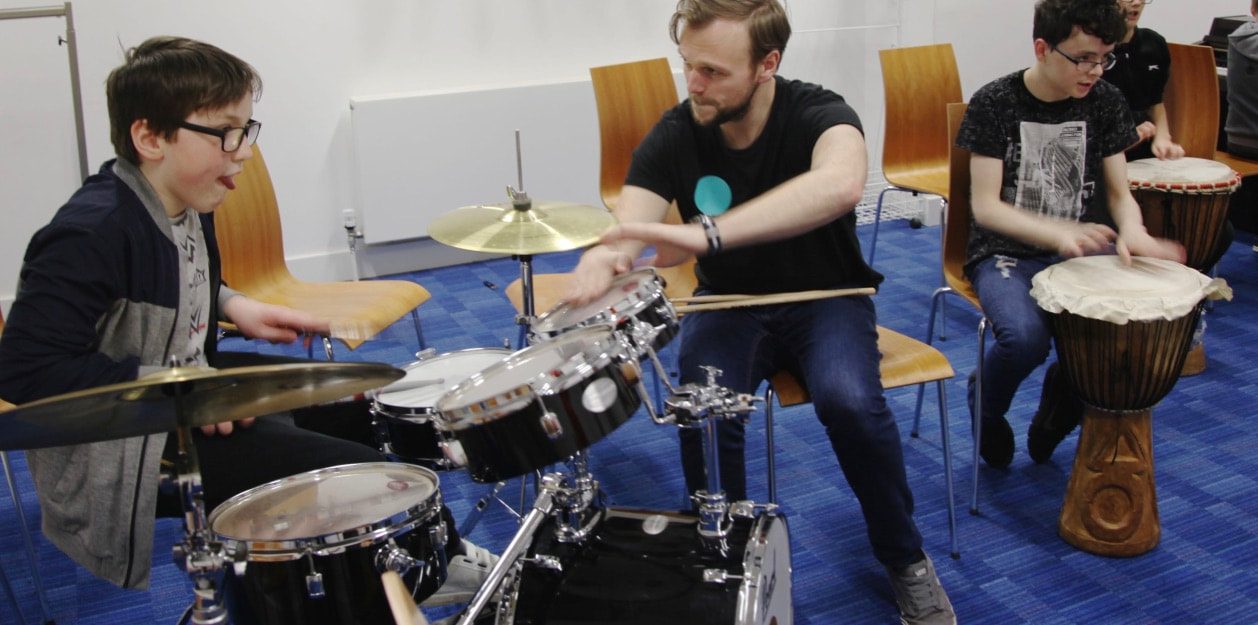 Here are some observations from my first visit:
The social impact that Paragonʼs Tune program is evident in just a 2-hour visit. What I witnessed was validated by a social impact report prepared by the Social Value Lab in 2014. The evaluator noted these impacts while observing Paragonʼs Tune program:
This last bullet point is an important one: when focus is placed on a musicianʼs ability, rather than disability, the experience is asset-building and can be transformative for both teacher and student. Paragon removes labels, challenges assumptions and preconceptions and collaboratively works alongside young musicians to provide "expertly timed opportunistic interventions to catch the moment for participants where cognitive skill, creative skills, communication skills, self-presentation skills could be taken a step forward" (Social Value Lab, 2014, p. 8). With labels removed and opportunities increased, Paragon opens its participants to the process of "positive signification" or "resignification" (Mullen & Deane, 2018). According to Mullen and Deane (2018), "Negative labelling sets a self-fulfilling prophecy in motion, whereby people judge the behavior that accords with the label as typical of the individual, and the labelled individual comes to develop a self-image, which is in keeping with the label...By giving the participants support and validation in terms of their own musical identities…the young people involved positively transform their perceptions of both their musical and their wider selves” (p. 145). The teaching practices and philosophy behind Paragon Music address all areas of my research project: creativity, student identity and agency, and well-being. Iʼm excited to bring these practices into my music room back at Glacier Valley Elementary School in Juneau. Paragon Music is a gift to the Glasgow community and a forward-thinking model in the fields of music education, creativity and inclusion. They offer a host of different programs in music and dance for all walks of life with a wide range of additional support needs. Thank you, Nin, Charlotte, Lio, Fiona and the rest of this dedicated Paragon Music staff for welcoming me as a volunteer for Play-On and for providing inspiring teaching practices and experiences in inclusive pedagogy and creativity to take back to Juneau with me! References
McIntyre, D. (2009). The difficulties of inclusive pedagogy for initial teacher education and some thoughts on the way forward. Teaching and Teacher Education,25, 602e608. Mullen, P., & Deane, K. (2018). Strategic working with children and young people in challenging circumstances. The Oxford Handbook of Community Music, 177 Social Value Lab (2014). Social impact of the Paragon programmes: Report for Paragon. This short film, narrated by Keir Bloomer, a member of the original Curriculum Review Group, explains the background to the Curriculum for Excellence. As part of my Fulbright tenure in Glasgow, I attended classes at the University of Strathclyde for music students pursuing a Professional Graduate Diploma in Education (PGDE). The Curriculum for Excellence (CfE) is the national curriculum for Scottish schools for students ages 3 to 18, which was developed in 2002. Since this document was the foundation of all of the coursework for the PGDE students, I did some digging into its origins and documents related to the Expressive Arts. The video above visually outlines the how and why of CfE. Iʼve summarized many of its points below: In 2002 a national debate about the role of education occurred in Scotland involving 25,000 people, mainly parents. Although most people felt that Scotlandʼs schools were doing a good job, they recognized that the world is changing dramatically so education also needs to change to meet the challenges of the 21st century. These challenges included:
To address these challenges, the Curriculum for Excellence was developed to help children and young people develop these four capacities (
The principle teacher of music and her students at Kingʼs Park Secondary School in Glasgow created this video to explain how the four capacities are developed in the music classroom: When designing lessons, educators of all disciplines should keep these seven principles in mind:
Below are links to documents particular to the Expressive Arts that address principles and practices, benchmarks and experiences, and outcomes. Keir Bloomer, a member of the original Curriculum Review Group, explained in the above video that "the Curriculum for Excellence is badly named. It is not a curriculum - at least if you envisage a curriculum to be a catalog of content - things to learn. Curriculum for Excellence is firstly a mission statement." He continues to explain that CfE is not something to be implemented just over several years, but rather guide education for decades to come. CfE is also a plan of improvement, interdisciplinary learning in a global context, and a new emphasis on learner engagement, where the student is actively involved in the learning process. In the Expressive Arts Principles and Practice document I was pleased to see this question and how it is addressed: How important is inspiration and enjoyment?
I appreciate a curriculum that recognizes the enjoyment and inspirational value of the arts as an important part of its outcomes and states it boldly in the first few pages of its document. CfE is not so prescribed, but has freedom and flexibility built-in for teachers as long as their practices are tied to the key principles and outcomes, and I observed this in the secondary music classrooms I visited in Glasgow these past 5 months. In my last blog, I detailed my visit to the Resonaari Music Center in Helsinki where Figurenotes was created. This innovative approach to reading music, originally created for people with special needs, has since helped all beginning music students participate in music-making immediately. After establishing this foundation of music using concrete color shapes, students can transition to reading traditional notation. I was fortunate to take a Figurenotes teacher training at Drake Music Scotland, which is an arts organization with "expertise in inclusive music technology and specialist teaching methods (that) support people of all ages and a wide range of disabilities to play, learn and compose music independently." During this one-day training I experienced firsthand how Figurenotes helped me play a new instrument (the electric bass), compose music inspired by a piece of artwork, and perform music in a band. Below is an example of how Figurenotes attaches color to note names for piano (middle C) and violin (1st position). Shapes represent a particular octave. Drake Music Scotland (DMS) is not only inclusive in its approach, but also in the way it shares resources. There are many resources on their website including how to use Figurenotes to play rhythms, chords, sharps and flats, and progression to traditional notation in three simple stages. They also have video tutorials like the one below, which I plan to use in my classroom next year. It uses movement and Figurenotes as a way for young children to create their own compositions collaboratively. As part of the teacher training, we worked in groups to create a composition based upon an art print. The prints incorporated either Figurenote colors or black and white so that we had the option of coloring those prints with Figurenote colors. Our group chose the one with red, blue, and brown bands of color with splotches of black on top. We decided to "read" the print from left to right (yellow, brown, blue, brown, red) and from foreground to background with the black splotches represented in various ways throughout the piece, including the beginning and end (hint: listen to the maraca). See if you can hear the colors of our composition, which included our Figurenote colors: C, D, F, G, A. DMS also shared with us online resources for purchase: Figurenotes for classical music, folk tunes, Christmas carols, and early years, as well as a yearly subscription to Figurenotes software, which allows teachers to adapt all of their teaching material to include Figurenotes Stages 1 and 2. There is even a Resource Base, which contains a library full of tunes, worksheets, lesson plans, and creative resources.
And finally, DMS is partnering with BBC Ten Pieces: an extraordinary contribution to music education in the UK and classical world. The motivation behind BBC Ten Pieces is to get students excited about classical music. BBC selected ten works from every era and created free resources for teachers to use in their classrooms including film, lesson plans, workshops and other creative resources. They also commissioned a new piece for each one of their Ten Pieces sets: early years, primary, secondary, and special needs. Kerry Andrew, a British composer, was commissioned to write, No Place Like, which celebrates what home means through words submitted by children from across the UK. Most of the BBC Ten Pieces resources are only available to teachers in the UK, but important to mention in hopes that something like this can make its way to the United States. As part of its partnership with BBC, Drake Music Scotland created Figurenotes for several of these BBC pieces. Thank you, Drake Music Scotland, for introducing me to so many incredible teaching approaches, resources and organizations. You truly embody the word inclusion. I know I have only touched the surface of all that you do, but am looking forward to seeing some DMS programs in action in May. I plan to dedicate a future blog to your programs and the inclusive music technology that you use. |
Lorrie HeagyThis is a personal blog, sharing my experiences living in the UK from January - June 2019 as a Fulbright Distinguished Award in Teaching scholar. This blog is not an official site of the Fulbright Program or the U.S. Department of State. The views expressed on this site are entirely my own and do not represent the views of the Fulbright Program, the U.S. Department of State, or any of its partner organizations. Archives
July 2019
Categories
|
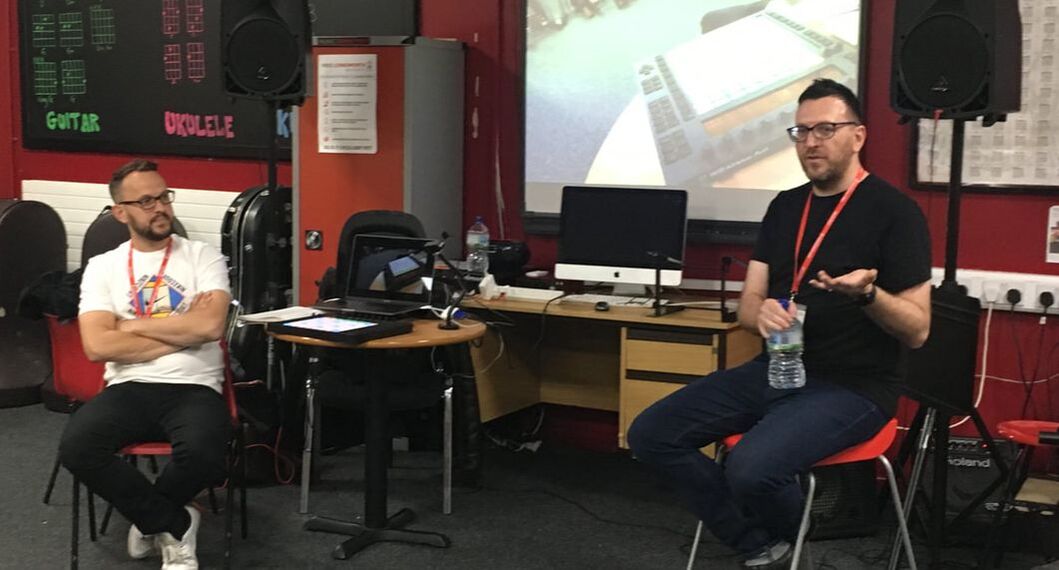
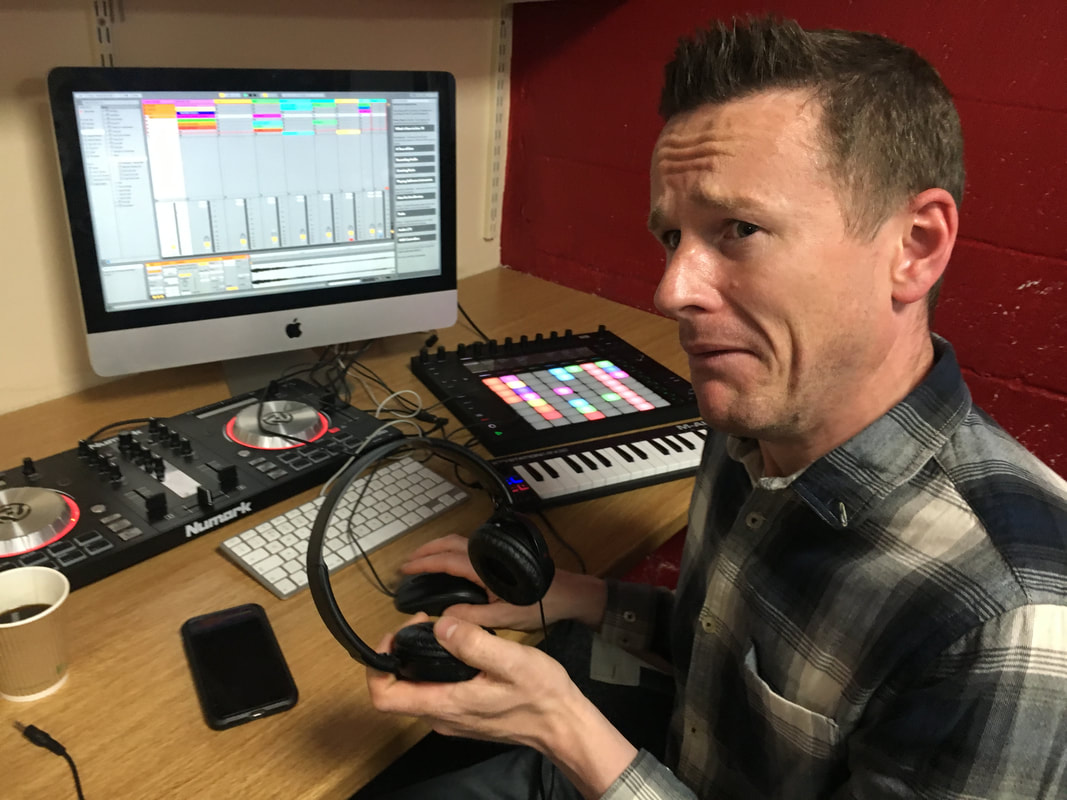
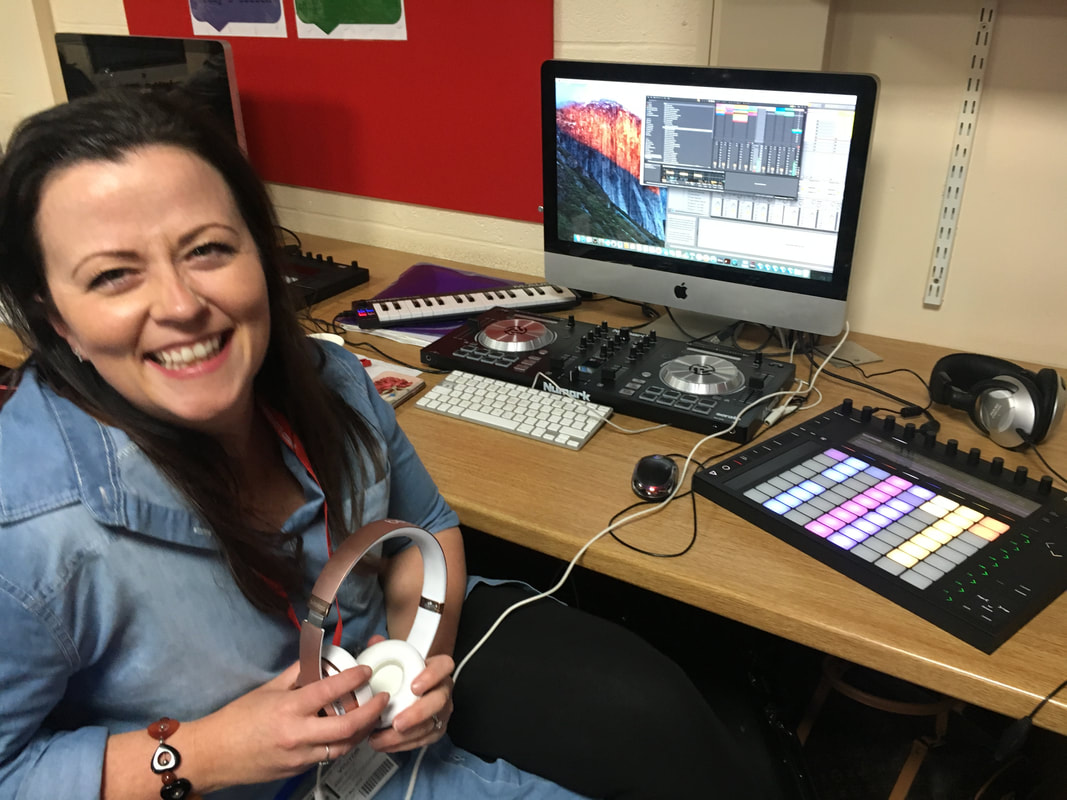
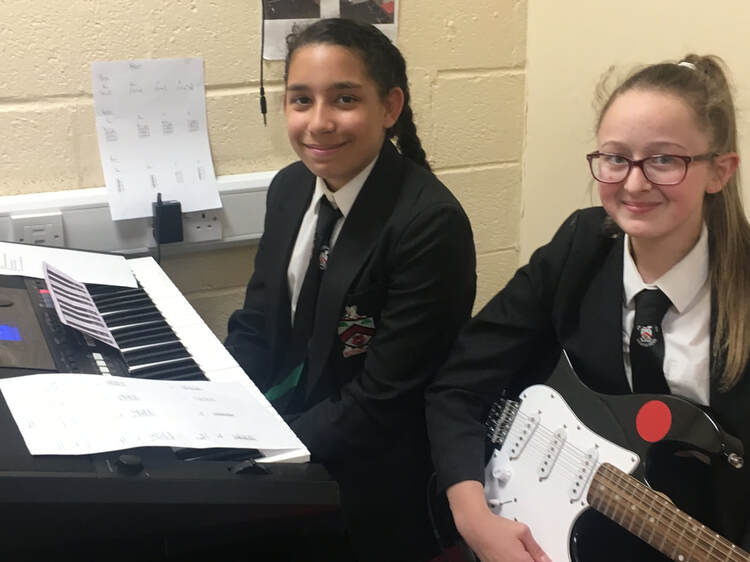
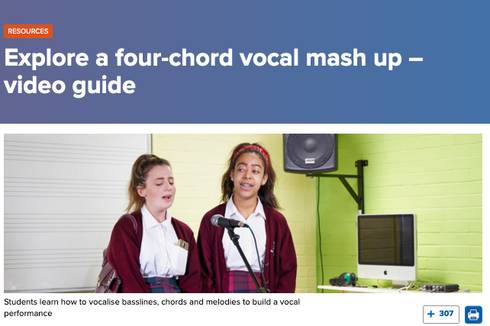
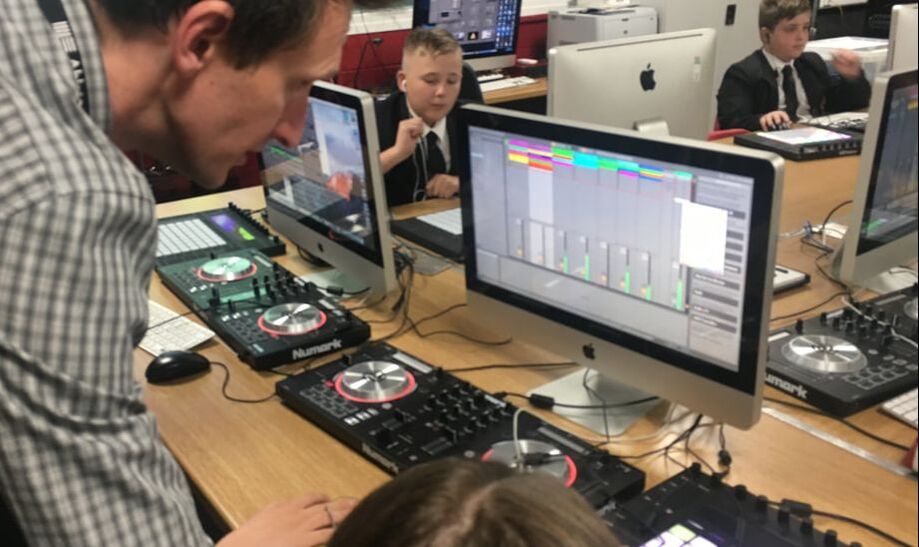
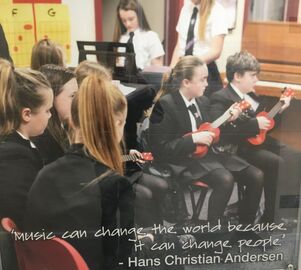

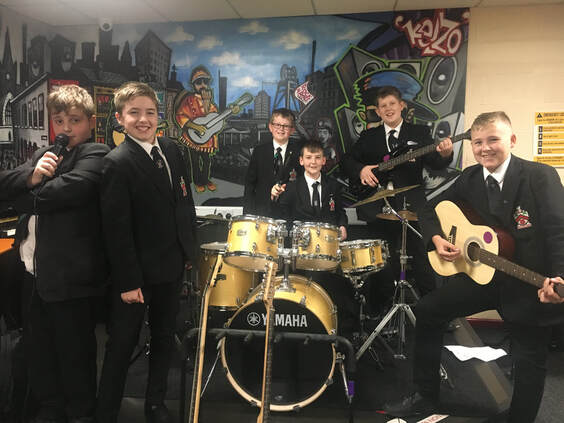
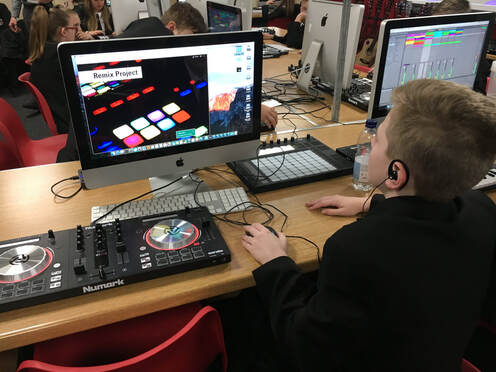
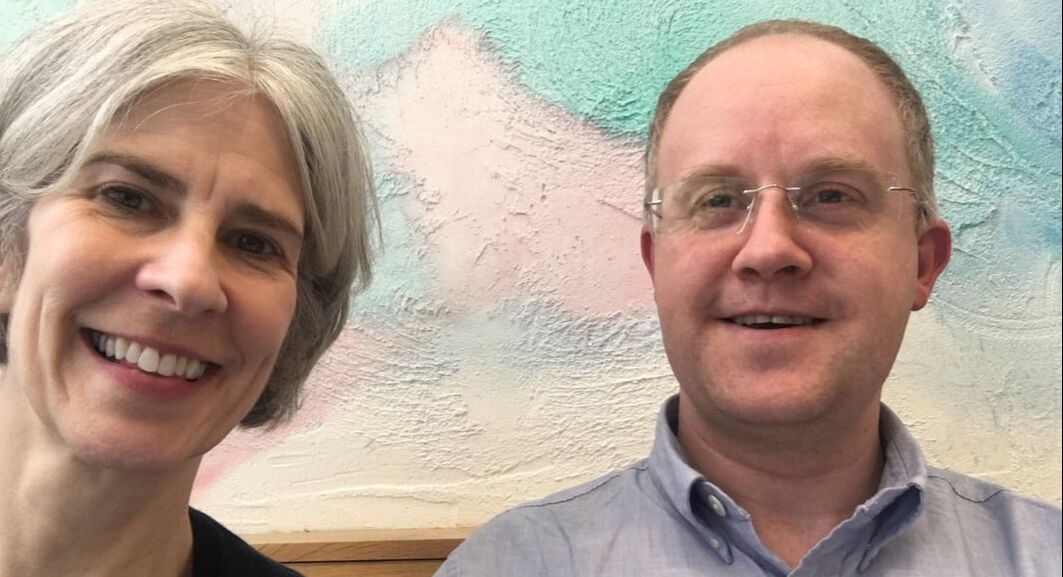
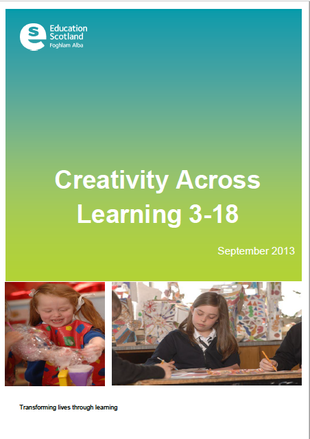
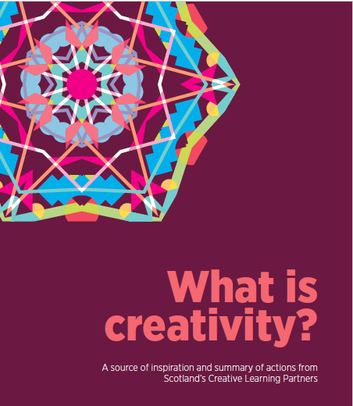
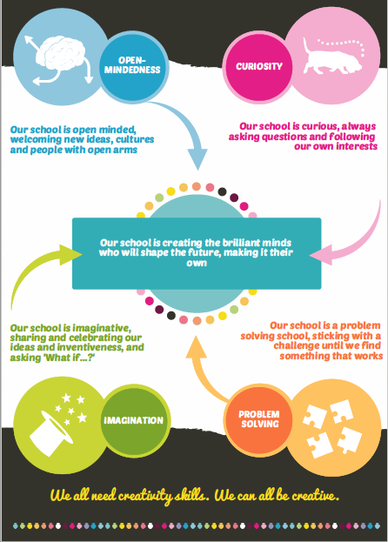
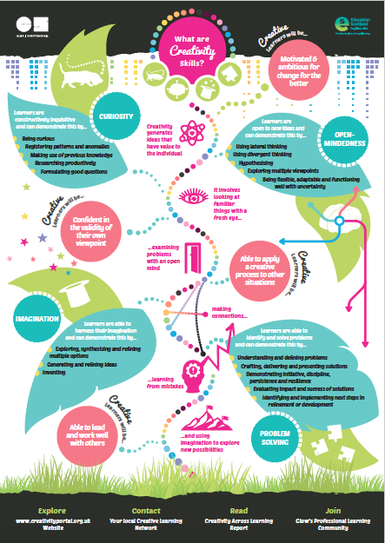
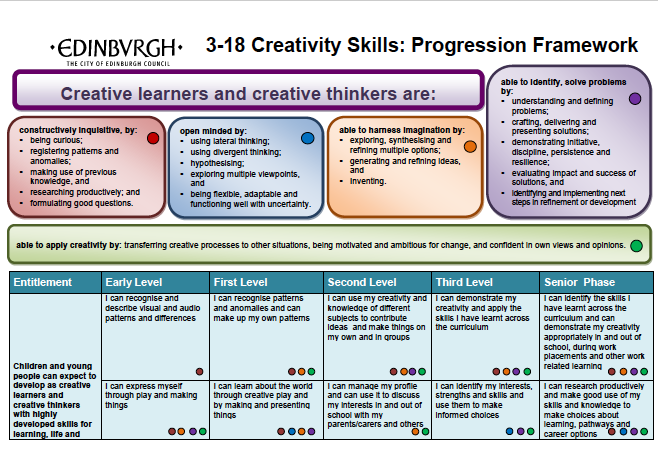
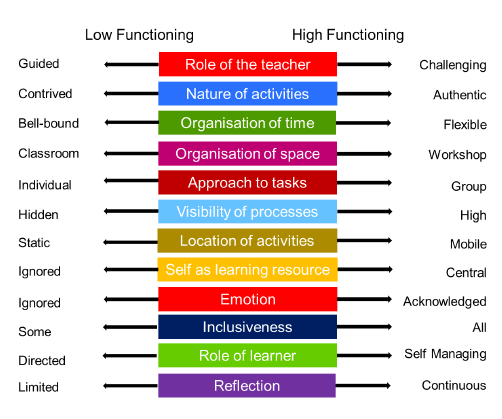
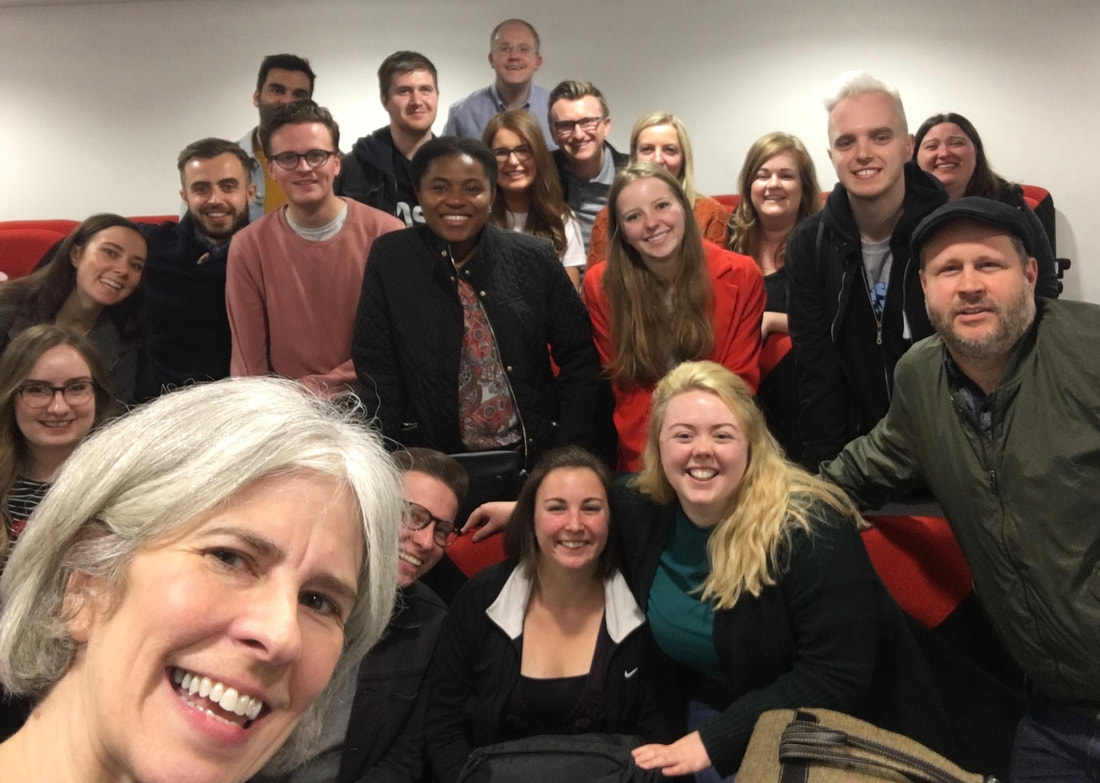
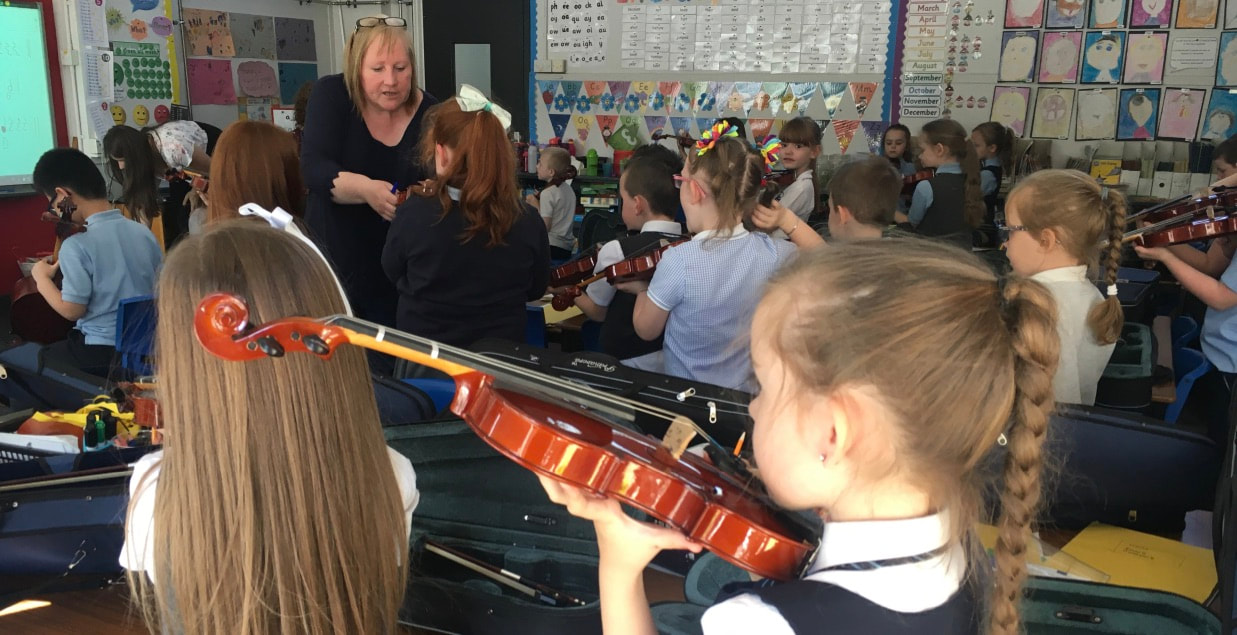
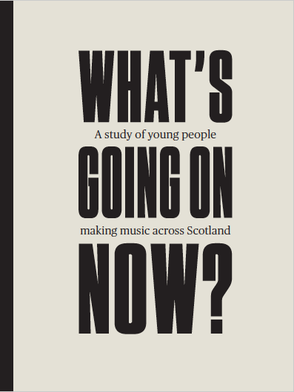
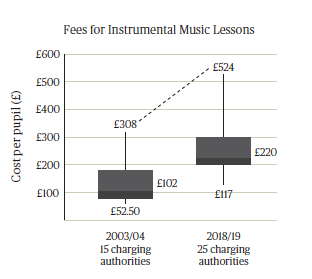

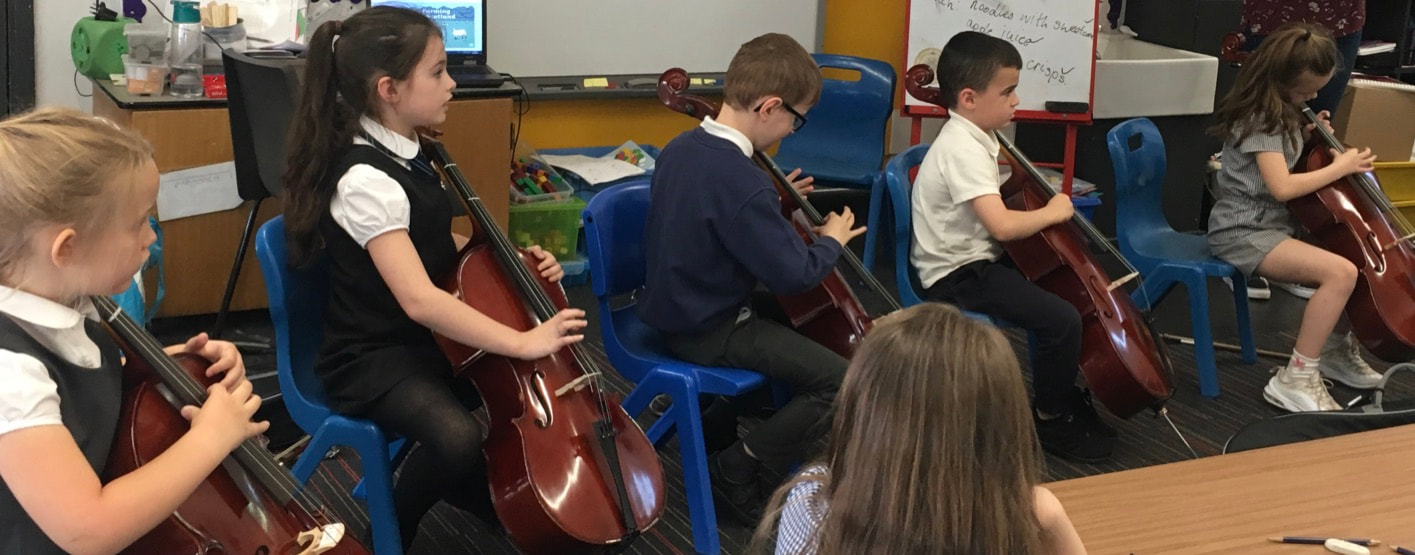
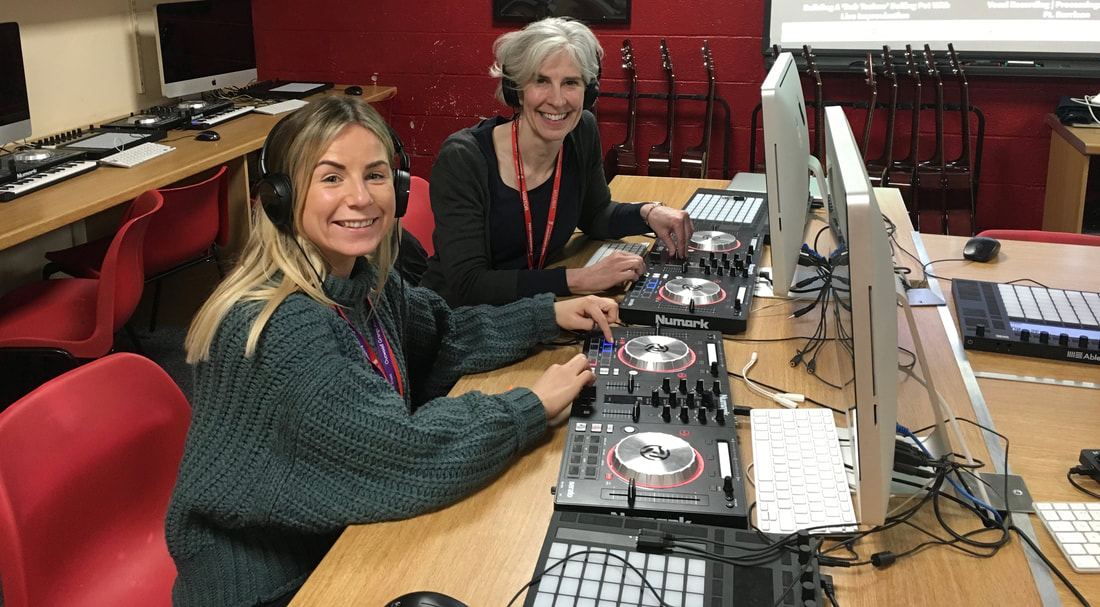
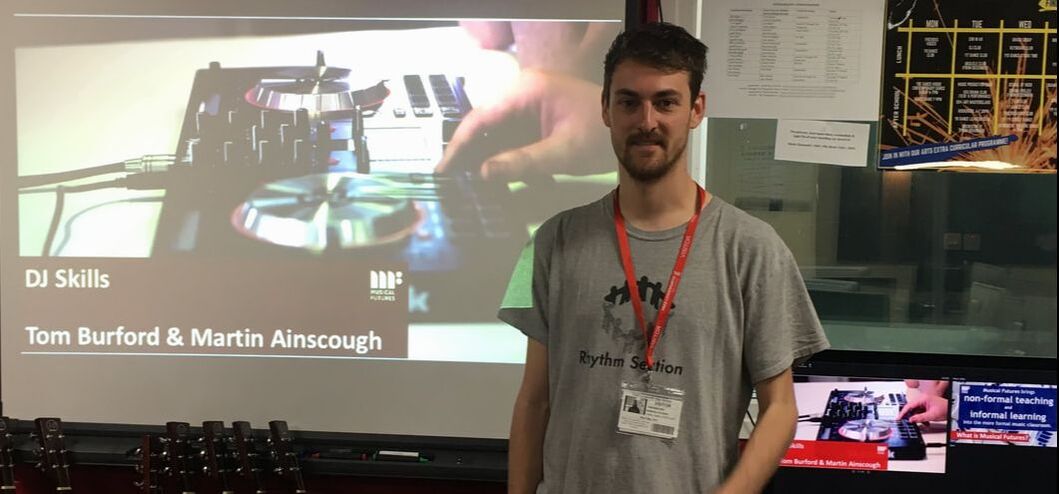
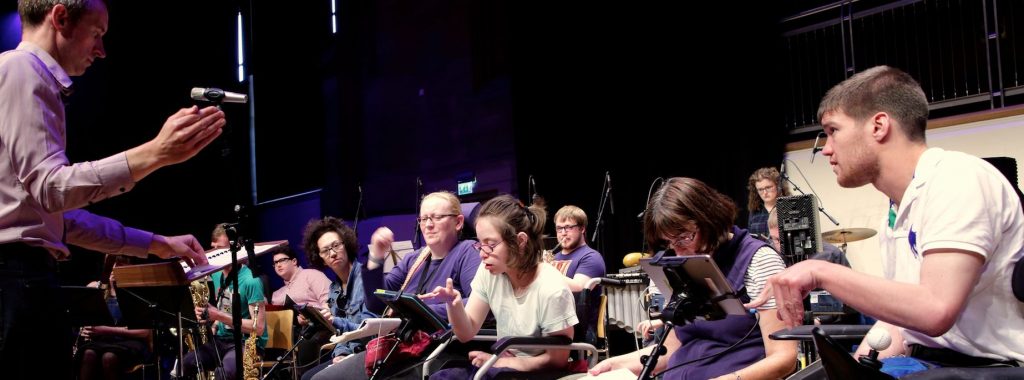
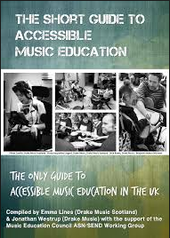
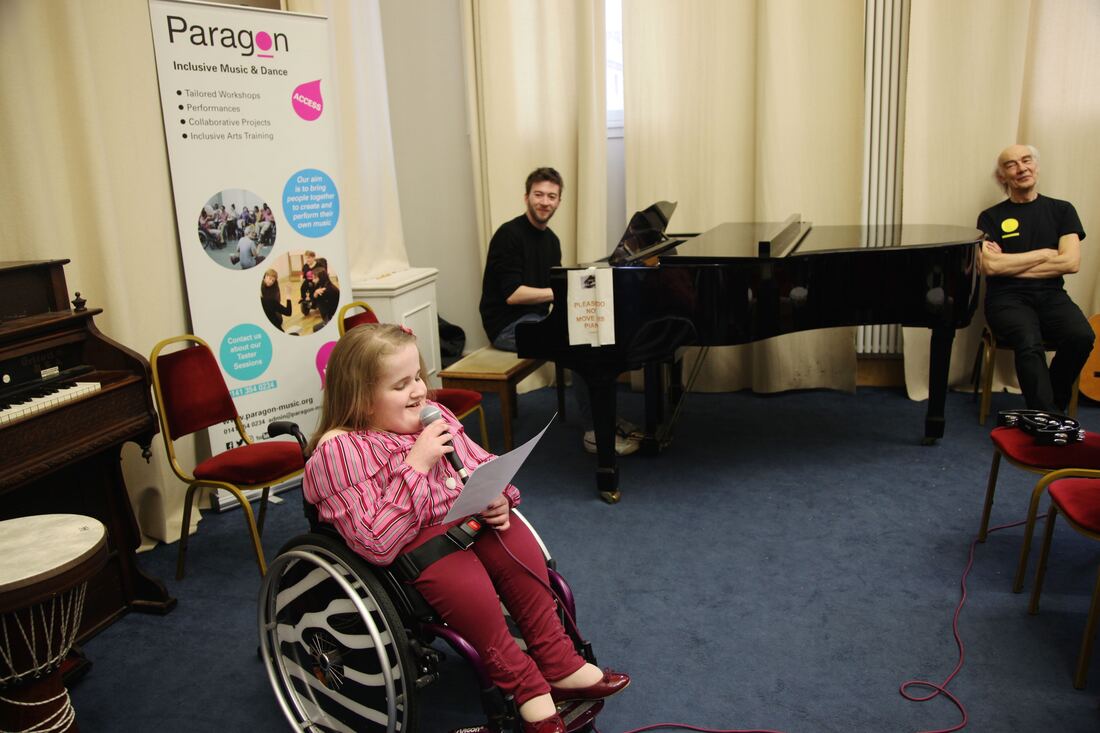
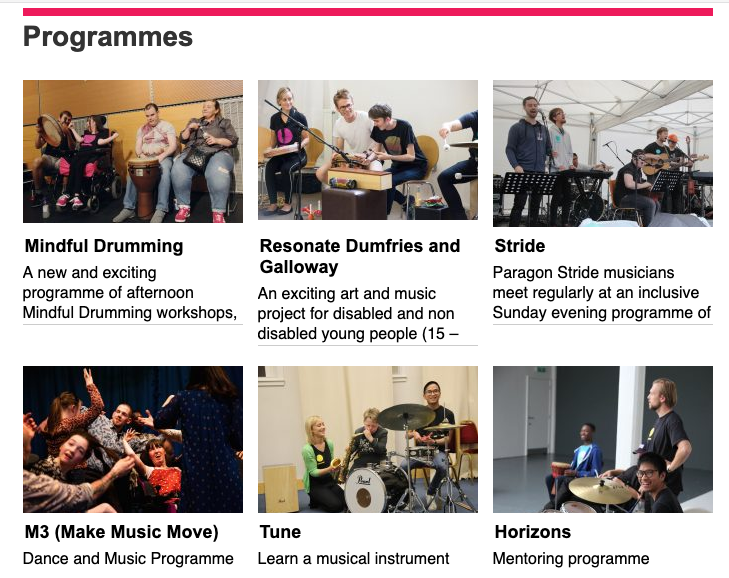
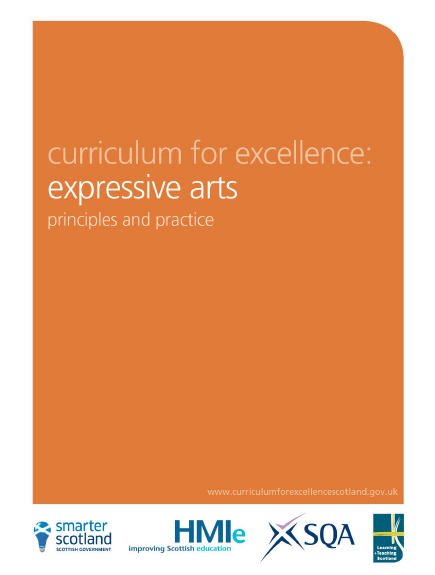
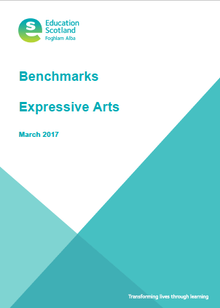
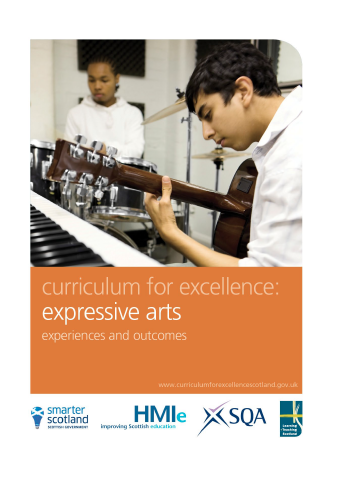
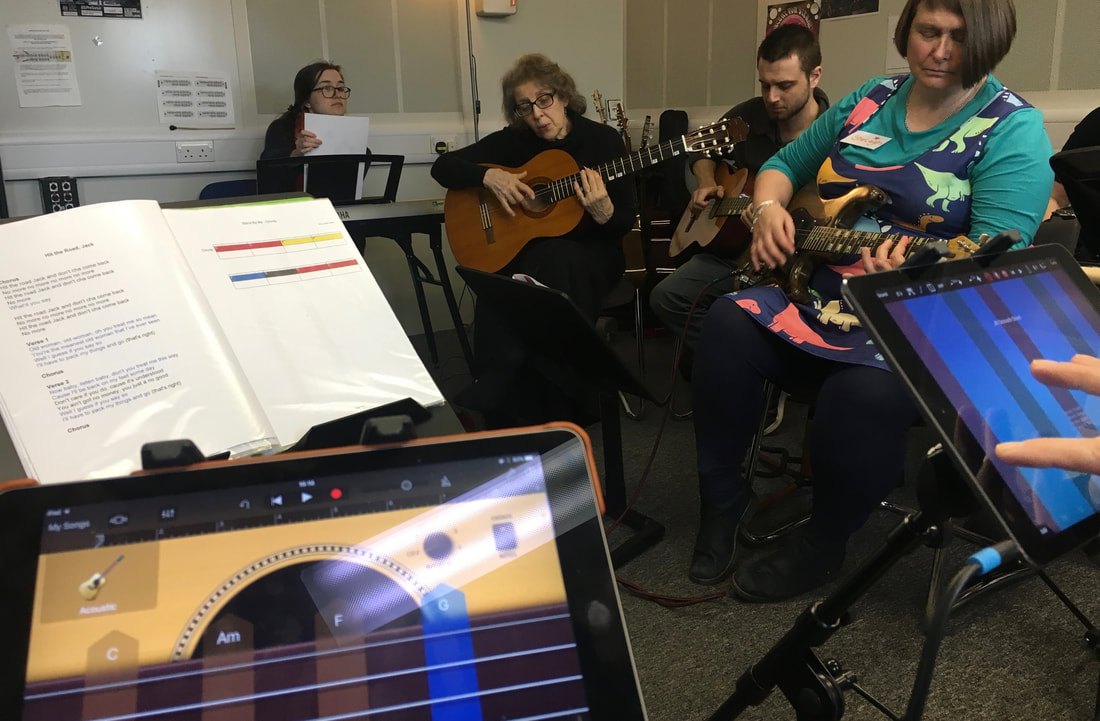
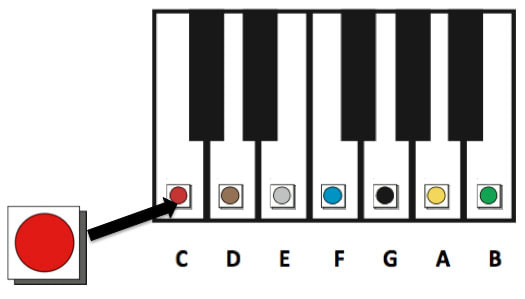
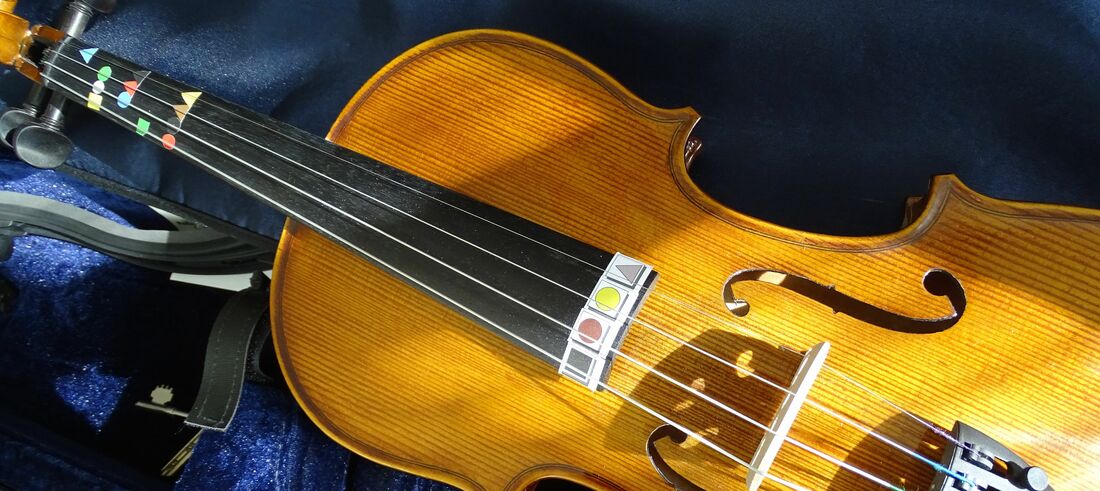
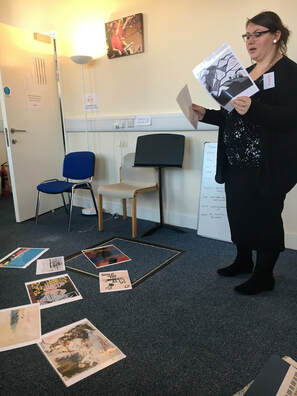
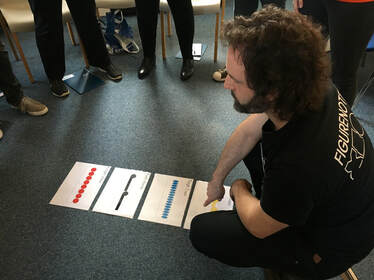
 RSS Feed
RSS Feed
